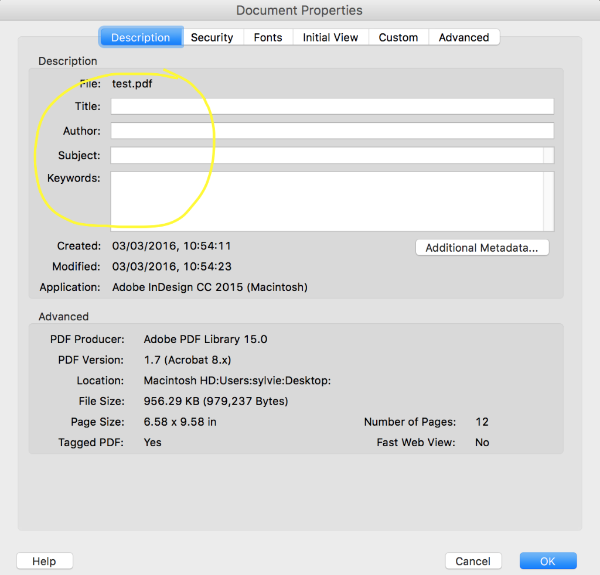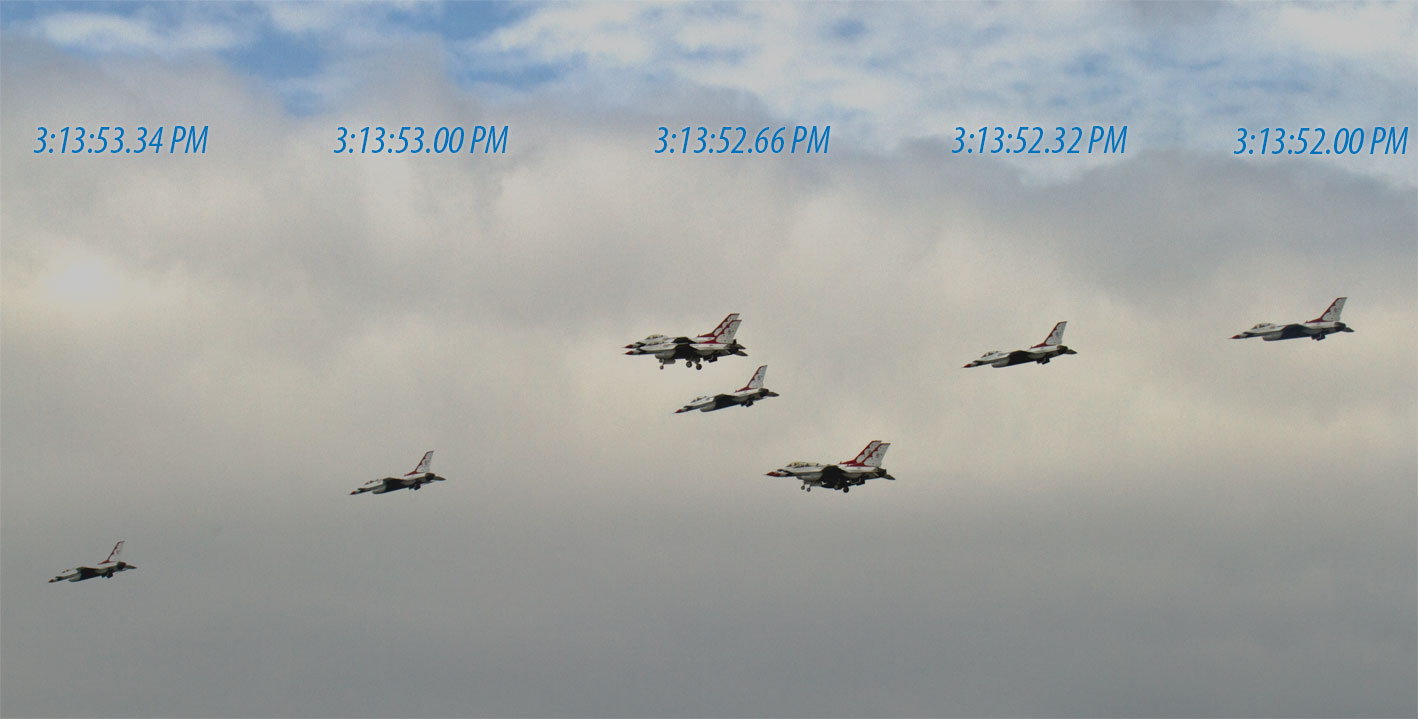

GPSAltitude : change_to_rational (round (altitude ) ) , Return: float""" return (fraction /fraction ) def set_gps_location (file_name, lat, lng, altitude ) : """Adds GPS position as EXIF metadataĮxiv_lat = (change_to_rational (lat_deg ), change_to_rational (lat_deg ), change_to_rational (lat_deg ) )Įxiv_lng = (change_to_rational (lng_deg ), change_to_rational (lng_deg ), change_to_rational (lng_deg ) ) Keyword arguments: fraction - tuple like (numerator, denominator) denominator ) def change_to_decimal (fraction ) : """convert fraction tuple to decimal Return: tuple like (1, 2), (numerator, denominator)į = Fraction (str (round (number, 4 ) ) ) return (f. Sec = round ( (t1 - min ) * 60, 5 ) return (deg, min, sec, loc_value ) def change_to_rational (number ) : """convert a number to rantional Keyword arguments: value is float gps-value, loc is direction list or I used a Vbox image for this.ĭef to_deg (value, loc ) : """convert decimal coordinates into degrees, munutes and seconds tuple However it should be run on Linux unless you want to compile exempi on windows. Turns out Drone2Map will read XMP data instead of EXIF when xmp is available. Provided additional script to adjust XMP header as well. I used this python script to adjust the exif tag instead of re-flying the mission. DJI drone had altitude reading offset by 50 meters. Late to the party, but i had a similar issue. Hope this helps someone, it improved my results immensely even with GCP's. I found this process easier than using command line EXIF readers and cheaper than using MapsMadeEasy image altitude adjuster.

Not sure if this makes perfect sense or not but there ya go. Repeat this process for any images that are at different flight heights. If you use the elevation service, it will not work correctly and adjust the image altitude based on underlying terrain. All of the images altitudes will be adjusted to the takeoff elevation. Enter the value from the Relative Altitude for all images flown at one height. Next, I select all images that were flown at the same height and select "adjust image altitude". First, I loaded one image into this tool Jeffrey Friedl's Image Metadata Viewer in order to see the RelativeAltitude reading. So with that in place, I had two sets of images (Flown at different altitudes) I needed to adjust, and Drone2Map 1.3 added the necessary feature to do this. Note that Drone2Map needs the DEM to be in. I just created a polygon, added a field and put the takeoff elevation, then use the "Convert Raster to Polygon" tool to make it into a DEM. The Next step is to create a flat DEM with the takeoff elevation as the only elevation value across the whole raster. Click where you took off and the GCP added will give you an elevation. If not, you can go to manage GCP, then add "from map". You can get the elevation of the take off point in several ways. If you have elevations from GCP's use those. So, you want to adjust flight height based on the elevation of the takeoff point. Most flights with DJI and DroneDeploy will navigate to the flight altitude relative from takeoff, then stay there for the duration of the flight, not adjusting flight height relative to terrain. This altitude is far more accurate, but you need to do some work to get Drone2Map to adjust image altitude to these readings. There is another field in the EXIF metadata called RelativeAltitude which is given from the aircraft barometer. Sidenote: While collecting data, first calibrate the IMU through the DJI go app so that you can be sure your barometer readings are as accurate as possible given changes in weather and elevation between different work sites.

After browsing some DJI forums, I found the fix.

When I viewed the captured images in Drone2Map 3D view, they appeared more like 200-230 feet off of the ground and processing the images resulted in bizarre results even when running GCP's. For example, I was doing a 3D building survey and flew two loops at roughly 30 and 60 feet off the ground. This can be several hundred feet off, which is obvious in Drone2Map when you view the images in 3D view. When producing the EXIF metadata for each image, the image altitude is populated with the DJI aircrafts GPS altitude reading. Sorry if this has already been covered elsewhere. This is for those people using DJI drones. I just went through a workflow that I wanted to highlight here in case it helps anyone with post processing drone images in Drone2Map.


 0 kommentar(er)
0 kommentar(er)
